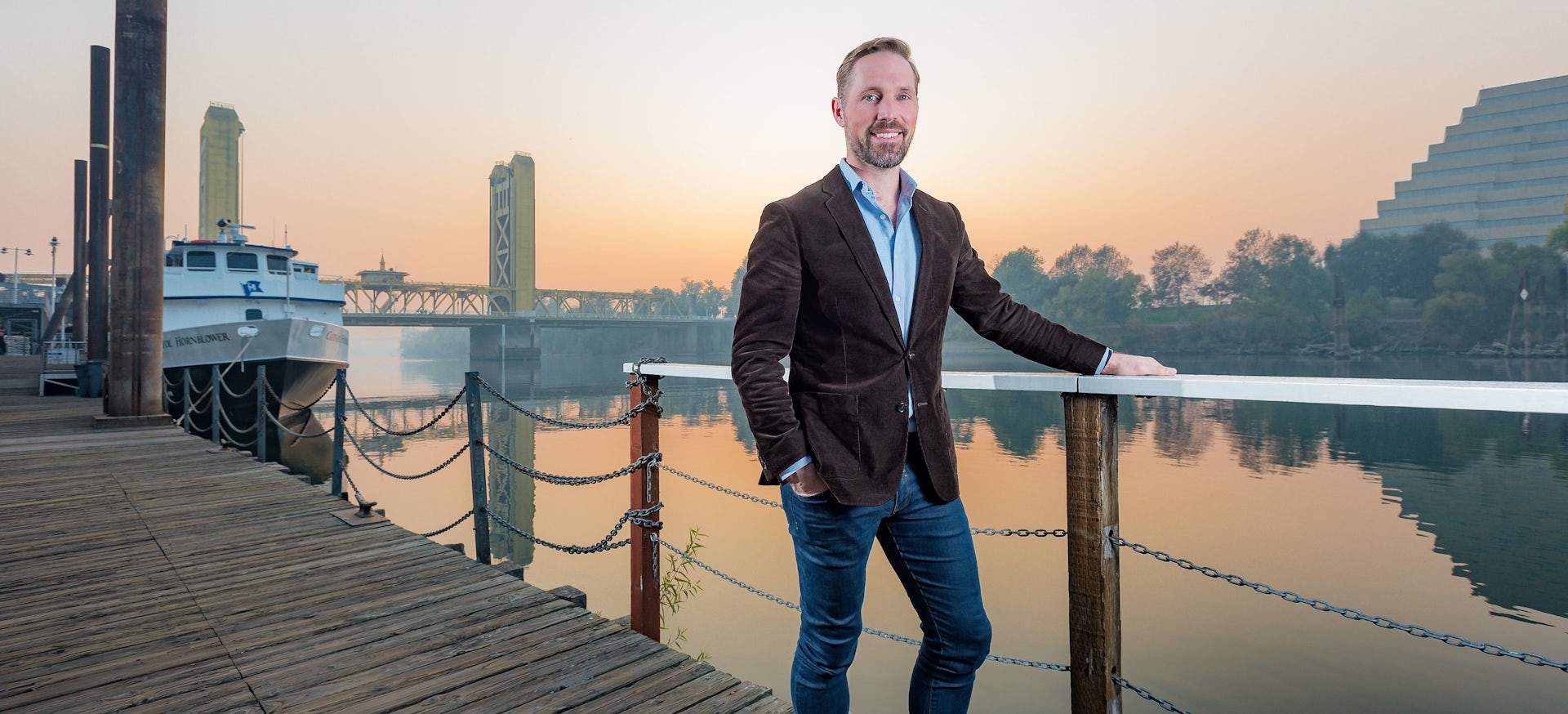By Julian Watt
No one has a crystal ball, but I’m certain of one thing: We’re social beings. And that means the pandemic won’t destroy the heart of our city and the redevelopment of Sacramento’s downtown.
That said, our Sacramento revitalization efforts will need to adapt to the changing times, particularly our approach to the workplace. With any volatility, there will be change and opportunities. The building owners and developers who can pivot sooner will achieve the greatest benefit. But they need to act quickly and prepare their buildings for the new generation of tenants.
Both private and public entities are finding productivity benefits in the work-from-home trend, and that won’t change when the pandemic ends. The unavoidable outcome will be more Class A lease space available in downtown. The sublease market in other cities is already in overdrive and the same will happen in Sacramento, when companies and local agencies look to reduce their lease sizes.
While a pessimist would assume this is a bad thing, the lack of available space at scale has been the very thing that has hampered more movement of companies to Sacramento from the highly priced Bay Area. According to Colliers, downtown vacancy rates were hovering around 6.8 percent before the pandemic, which made it difficult to recruit big companies.
As an urbanist, I see a real opportunity to take advantage of this disruption brought on by the work-from-home trend. We have less traffic on our roads, and much less congestion. How do we incentivize people and firms not to all rush back to the office on the same day? Can we rethink traffic plans, so the freeways don’t need to be widened and we won’t need to remove the bike path on the Sacramento causeway?
While hopefully we will emerge from COVID this year, we must consider that this won’t be our last pandemic. We need to take the lessons learned and adapt our workplaces to better manage the flow of people and give clarity and surety to the tenants for how the building is operated.
Our workplaces will need to adjust to social distancing, as well as the new mix of in-house and remote work. We spent the last 15 or so years densifying our workplaces from more than 200 square feet per person down to 100 square feet per person. Now we need to figure out how to use technology to make the workplace more flexible and effective for the interface of teams online and in-person, considering health guidelines as well as work habits.
We also have the opportunity to rethink the designs of our buildings. A large percentage of the Midtown and downtown building product is less than five stories and can be retooled to meet modern demand. Fire stairs can be reclaimed for daily use to open up space and change how we navigate through buildings. Deep plan interior spaces can shift from meeting room space to storage or smaller non-meeting offices. Spaces can be opened up to improve ventilation and natural light. Rooftops can be reclaimed as respite and meeting space — we have some of the best weather in the world, yet Sacramentans have been slow to embrace their rooftops.
The new owners of a downtown project we’re helping to renovate have already pivoted the design in response to the times. Touchless environments were introduced and the management technology was upgraded. A rooftop terrace and an adjacent shared amenity lounge were created to provide new spaces to work, engage and relax. The building is also seeking the WELL Health and Safety standard, making it clear to tenants that the owner takes a healthy workplace very seriously.
Going forward, tenants will demand these types of healthy and efficient workplaces. The pandemic won’t destroy downtown, but it might provide a catalyst for the step in its evolution. The Spanish flu epidemic of 1918 was followed by the Roaring ’20s, an era of energy and life. After working at home for 12 months, I can see another outpouring of energy and life ahead for Sacramento.
Julian Watt is the Sacramento studio director for LPA Design Studios, the integrated design firm. A native of New Zealand, he has more than 20 years of experience working on education, civic, corporate and transportation projects in the United States, the United Kingdom and New Zealand.














